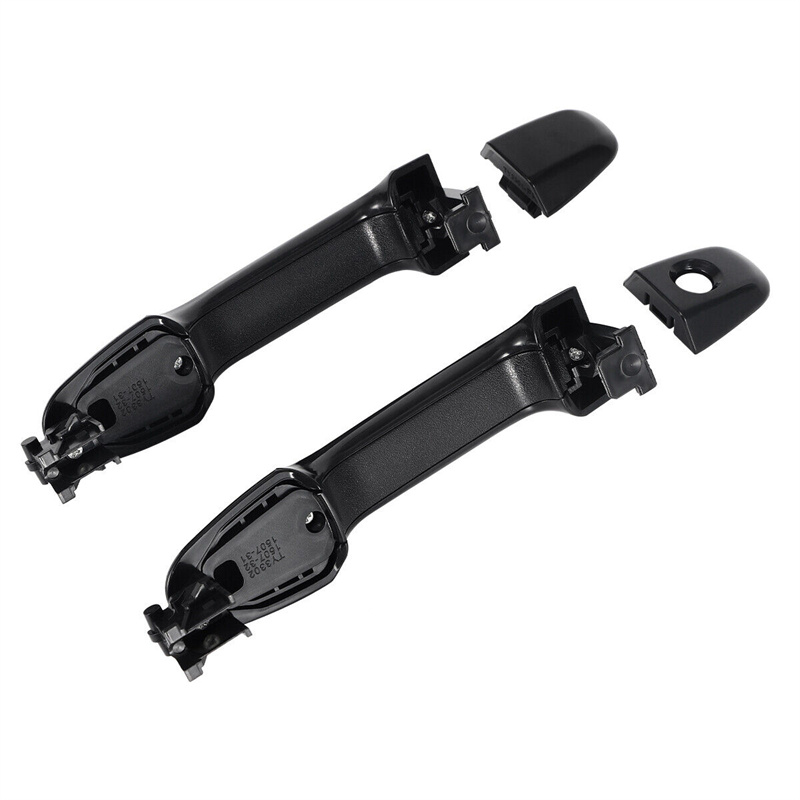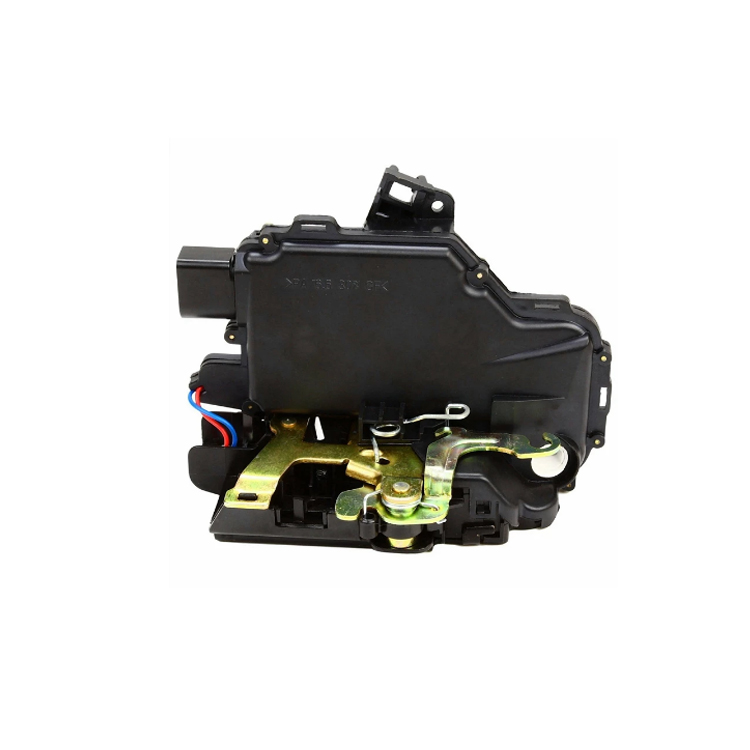We use cookies to enhance your experience. By continuing to browse this site you agree to our use of cookies. More info.
This article provides a comprehensive guide to air flow sensors, discussing their working principles, applications in various industries, cleaning methods, commercial landscape, and future prospects. Oil Pan Pump

Image Credit: Aldrick Stock Photography/Shutterstock.com
An air flow sensor is a device that measures the rate of air flow through a system, including combustion engines, HVAC (Heating, Ventilation, and Air Conditioning), and industrial processes. There are two main types of these sensing devices, namely hot wire air flow sensors and hot film air flow sensors.
A hot wire air flow sensor is a more common type of air flow sensor typically used in engines that works by measuring the change in resistance of a hot wire. A thin wire is heated at a constant temperature and placed in the path of air flow which cools it down in a manner that is proportional to the rate of air flow.
The air flow sensor measures the change in resistance of this hot wire, converts it into electrical signals and passes it to the engine control unit (ECU), which uses it to determine the amount of fuel to inject into the engine.
Although hot film air flow sensors are less common than hot wire air flow sensors, they are becoming more popular. Much of this success is because they are more durable, can withstand higher temperatures and work in a similar way.
Air flow sensors find applications in a wide range of industries and systems. In automotive vehicles, they are crucial for maintaining optimal fuel efficiency and emission levels and help the engine control unit adjust fuel injection to ensure efficient combustion.
These sensors are also used in heating, ventilation, and air conditioning (HVAC) systems to monitor and regulate air intake. For instance, a novel air flow sensor for heating, ventilating, and air conditioning systems is introduced in a 2016 study. It utilizes printed circuit board (PCB) technology to create cost-effective and robust devices. The sensor operates based on a modified calorimetric principle, generating an electrically measurable signal to determine the fluid flow. Extensive numerical simulations were conducted to optimize the sensor design.
Various transducer layouts were fabricated, characterized, and compared to simulation results. The use of flexible PCB technology enables the production of sensors suitable for HVAC systems.
In industrial processes, such as combustion control, air flow sensors enable precise control of air-to-fuel ratios. Additionally, they play a vital role in aerospace applications, ensuring accurate airflow measurement for engine performance and control.
Over time, air flow sensors can accumulate dirt, oil, or other contaminants, affecting their performance. Cleaning the sensor can help restore its accuracy. However, it is essential to follow the manufacturer's instructions and use appropriate cleaning methods.
In general, cleaning involves removing the sensor, using a specialized cleaning solution and gently wiping away any residue. It is crucial to avoid touching the sensitive components and allow the sensor to dry completely before reinstallation. Regular maintenance and cleaning can extend the lifespan of an air flow sensor and ensure its optimal functionality.
The market for air flow sensors is witnessing significant growth due to increasing demand from various industries. Automotive applications dominate the commercial landscape, driven by the need for fuel efficiency and emission control. With the growing adoption of electric vehicles, air flow sensors are also becoming vital for battery cooling systems.
Furthermore, advancements in sensor technology, such as integrating microelectromechanical systems (MEMS) and nanosensors, are driving innovation in the air flow sensor market. These advancements enable miniaturization, improved sensitivity, and faster response times, opening up new possibilities for air flow sensing in various industries.
A new ultrasensitive and flexible air flow sensor based on fabric with carbon nanotubes (CNTs) has been developed, inspired by spider fluff in a 2020 study. The sensor has a large contact area and exhibits superior properties such as low detection limit, multiangle response, and fast response time. It can be combined with another fabric sensor to detect a wide range of airflow velocities.
The sensor has various potential applications, including transmitting information through blowing, monitoring airflow changes, and alerting blind individuals to fast-moving objects. It can also be integrated into clothing designs without sacrificing comfort. This all-textile airflow sensor shows great promise for use in smart textiles and wearable electronics.
In addition to traditional industries, air flow sensors are finding applications in emerging sectors such as smart homes and Internet of Things (IoT) devices. These sensors contribute to energy-efficient HVAC systems and air quality monitoring solutions, enhancing indoor air comfort and health.
One exciting area of development involves integrating artificial intelligence (AI) and machine learning algorithms with air flow sensors to enable real-time data analysis and predictive maintenance, optimizing system performance and reducing downtime.
Ejeian , F. , Azadi , S. , Razmjou , A. , Oroji , Y. , Kottapalli , A. , Warkiani , ME , & Asadnia , M. (2019).Design and applications of MEMS flow sensors: A review.Sensors and Actuators A : Physical , 295 , pp. 10 - 11 .483-5https://www.sciencedirect.com/science/article/abs/pii/S0924424719302559
Glatzl, T., Steiner, H., Kohl, F., Sauter, T., & Keplinger, F. (2016). Development of an air flow sensor for heating, ventilating, and air conditioning systems based on printed circuit board technology. Sensors and Actuators A: Physical, 237, pp. 1-8. https://www.sciencedirect.com/science/article/pii/S0924424715302296
Wang, H., Li, S., Wang, Y., Wang, H., Shen, X., Zhang, M., ... & Zhang, Y. (2020). Bioinspired fluffy fabric with in situ grown carbon nanotubes for ultrasensitive wearable airflow sensor. Advanced Materials, 32(22), p. 1908214. https://onlinelibrary.wiley.com/doi/abs/10.1002/adma.201908214
Wang, Y. H., Lee, C. Y., & Chiang, C. M. (2007). A MEMS-based air flow sensor with a free-standing micro-cantilever structure. Sensors, 7(10), pp. 2389-2401 https://www.mdpi.com/1424-8220/7/10/2389
Disclaimer: The views expressed here are those of the author expressed in their private capacity and do not necessarily represent the views of AZoM.com Limited T/A AZoNetwork the owner and operator of this website. This disclaimer forms part of the Terms and conditions of use of this website.
Taha graduated from HITEC University Taxila with a Bachelors in Mechanical Engineering. During his studies, he worked on several research projects related to Mechanics of Materials, Machine Design, Heat and Mass Transfer, and Robotics. After graduating, Taha worked as a Research Executive for 2 years at an IT company (Immentia). He has also worked as a freelance content creator at Lancerhop. In the meantime, Taha did his NEBOSH IGC certification and expanded his career opportunities.
Please use one of the following formats to cite this article in your essay, paper or report:
Khan, Taha. (2023, June 26). Air Flow Sensors | A Guide. AZoSensors. Retrieved on January 01, 2024 from https://www.azosensors.com/article.aspx?ArticleID=2840.
Khan, Taha. "Air Flow Sensors | A Guide". AZoSensors. 01 January 2024. <https://www.azosensors.com/article.aspx?ArticleID=2840>.
Khan, Taha. "Air Flow Sensors | A Guide". AZoSensors. https://www.azosensors.com/article.aspx?ArticleID=2840. (accessed January 01, 2024).
Khan, Taha. 2023. Air Flow Sensors | A Guide. AZoSensors, viewed 01 January 2024, https://www.azosensors.com/article.aspx?ArticleID=2840.
Do you have a review, update or anything you would like to add to this article?
In this interview, AZoSensors talks to Scott Sidwell, Engineering Manager at Merit Sensor Systems, about MEMS piezoresistive pressure sensors, silicon dies, and how these are all utilized across a range of industries.
Raul Oreste and Mateo Gladstone
In this interview, AZoSensors speaks to Tekscan about pressure mapping technology, and how it has the potential to change the face of the tire industry.
In this interview, AZoSensors speaks with Paul Mark, Director of Marketing (Infrared), about the benefits of using MCT over microbolometers and microbolometer technology.
The Resonix™ RGD sensor from Sensata delivers accurate leak detection for HVAC systems leveraging A2L refrigerants.
The BinCloud Solar Gateway powers two 4-20 mA loop-powered sensors and transmits level measurement data to the BinCloud app.
The IonoTrode pH high purity water measurement sensor from Hamilton offers many unique features and can be adjusted and easily cleaned in the event of clogging.
AZoSensors.com - An AZoNetwork Site

Air Filter Car Owned and operated by AZoNetwork, © 2000-2024